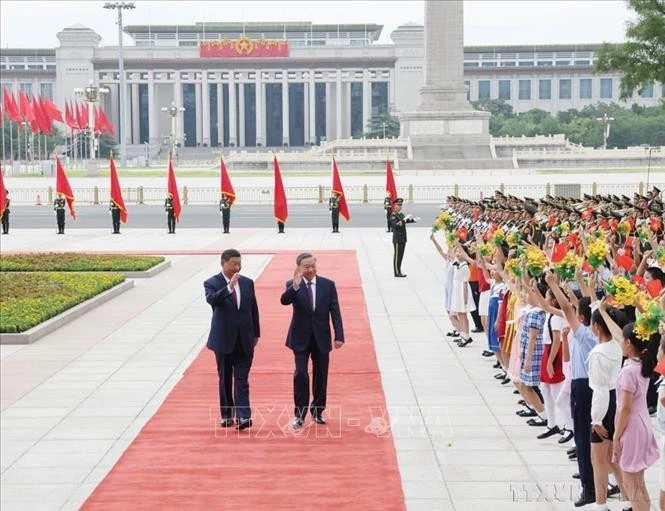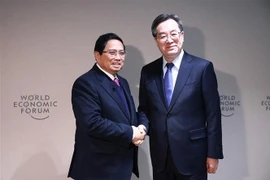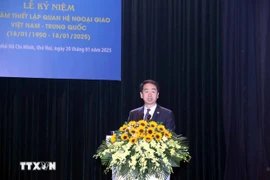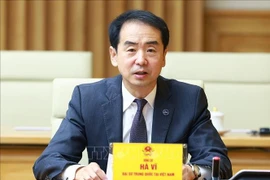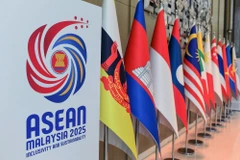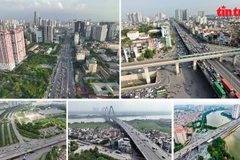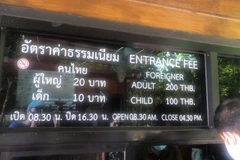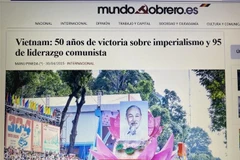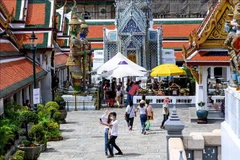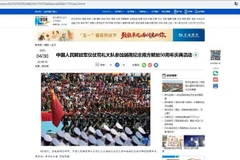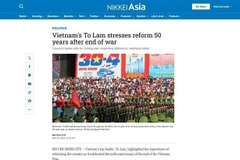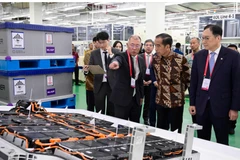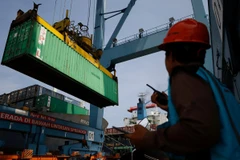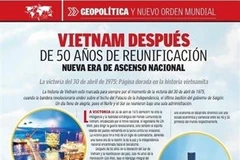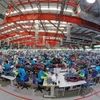Beijing (VNA) – The Chinese newspaper Global Times on January 20 published an article titled “75 years of China-Vietnam relations: a steady partnership in uncertain times,” reviewing the relationship, its goals, its growth over time, and its future outlook.
The article opened by noting that January 18 marked 75 years of bilateral diplomatic relations. It assessed: “In a world where geopolitical shifts and challenges seem commonplace, both countries seized this milestone as an opportunity to reflect on their unique partnership, which has become a rare source of stability in an increasingly unpredictable world.
According to the author, the relationship is not just a recent development, but has deep roots, built on a long history of friendship, shared struggles, and a common path of socialist development. “This bond, often described as comrades-plus-brothers isn't just a slogan; it reflects a deep political and emotional connection that has shaped their relationship for decades. This partnership has grown even more substantial. Both nations and their parties have learned from each other and worked together to pursue a shared vision for the future. This vision, rooted in the desire to build a better life for their people and create a stable, prosperous region, inspires hope for a brighter tomorrow,” wrote the article.
It said as socialist countries with similar political systems and development goals, Vietnam and China have much in common. Their leaders meet regularly to discuss how to move forward together, and they have agreed on key initiatives like the Vietnam-China community with a shared future, which is a comprehensive initiative that aims to foster mutual understanding, respect, and support, building a future where both countries can thrive despite global uncertainties.
It wrote that economically, the relationship between China and Vietnam stands out as an example of how two countries can complement each other. China is Vietnam's biggest trading partner, and Vietnam has become China's largest trading partner in ASEAN.
Despite global uncertainties, their trade and economic ties have not weakened. Instead, they have grown stronger, demonstrating the resilience of regional cooperation and instilling confidence in the stability of the region's economy.
Both countries are part of the Regional Comprehensive Economic Partnership, helping to strengthen regional economic integration and competitiveness on the global stage.
At its core, the relationship is about more than politics or economics. It is about building a future where both nations - and the region as a whole - can thrive.
The article concluded that: “As they look ahead, China and Vietnam are committed to maintaining their strong ties and using their partnership to contribute to a more stable and interconnected Asia-Pacific. This relationship benefits their people and offers a model for how countries can work together in a changing world.”./.
